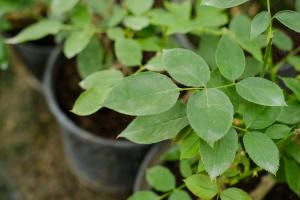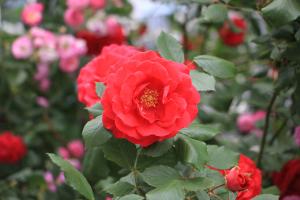Why Did People Plant Hedge Trees in Kansas?
When traveling through the Midwest United States, one may notice long lines of trees running along the edges of fields. These trees are known as hedge trees or hedgerows and were planted by farmers in Kansas and other Midwestern states. But why did people plant these trees in the first place? Here are a few reasons why:
Protection from Wind and Erosion
Kansas is known for its strong winds that can sweep across the flat terrain, causing soil erosion and damage to crops. Farmers soon realized that planting hedgerows could create a natural windbreak that would protect their crops from the harsh winds. These rows of trees, often consisting of Osage orange, honey locust, and cedar, helped to prevent soil erosion and keep the topsoil in place.
Boundary Markers and Livestock Fences
In the early days of European settlement in the Midwest, farmers often had to share land with their neighbors. To keep their crops and livestock separate, they would plant hedgerows as boundary markers. This helped to prevent disputes and ensure that everyone knew where their land ended and the neighbor’s land began.
Additionally, farmers would also use some hedgerows as livestock fences. These natural barriers would prevent livestock, such as cattle and sheep, from wandering off into other fields or onto neighboring properties.
Wildlife Habitat and Conservation
As more and more land in the Midwest was cleared for farming, many native animals lost their natural habitats. Interestingly, planting hedgerows actually helped to create a new habitat for wildlife. These rows of trees provided shelter, food, and nesting sites for various species of birds, small mammals, and insects. Additionally, hedgerows helped to enhance biodiversity and promote conservation efforts in the region.
Conclusion
In conclusion, the decision to plant hedge trees in Kansas and other Midwestern states was motivated by several different factors. Farmers planted these trees to protect their crops from wind and erosion, mark boundaries and create natural livestock fences, and provide new habitats for native wildlife. Over time, these hedgerows became an iconic part of the Midwest landscape and a testament to the resourcefulness and ingenuity of Midwestern farmers.

 how many times do yo...
how many times do yo... how many planted tre...
how many planted tre... how many pine trees ...
how many pine trees ... how many pecan trees...
how many pecan trees... how many plants comp...
how many plants comp... how many plants can ...
how many plants can ... how many plants and ...
how many plants and ... how many pepper plan...
how many pepper plan...






























